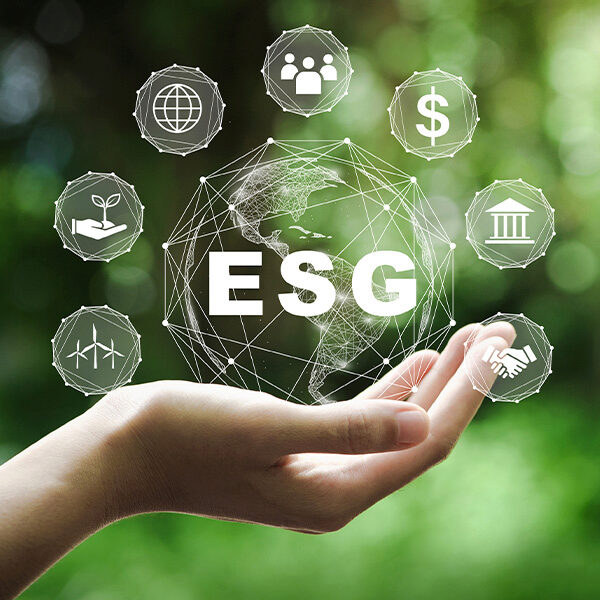Measuring ESG
June 2022 | Senior Leadership

Determining corporate value has never been an exact science. But the growing practice of including non-financial factors has made valuation even more complex. For many investors, so-called ESG (environment, social, and governance) issues are now being considered along with discounted cash flows and asset valuation, as is evident by the ESG questions posed in the last analyst earnings calls of 25 percent of companies in the S&P 500. “But,” says Wharton management professor Witold Henisz, “at the same time, people don’t feel they have the data and the insight to know how to measure it.”
If you’re a director or senior executive, that means those ESG questions, which are also being asked by employees and other stakeholders, can be very difficult to answer. “We are still developing the tools, the systems, and the processes to value ESG,” says Henisz. “Being tempted by a simplistic answer today can be an expensive mistake. But that doesn’t mean you can’t address ESG concerns and be able to convey your progress to those asking the questions.”
The History of ESG Measurement
Henisz explains that thus far, measuring ESG has been about two different types of ratings. The first simply identifies and creates a checklist of “good” and “bad” companies to help investors who want to avoid specific things like landmines and fossil fuels in their portfolio.
How To Do Digital Transformation The Right Way
Major sectors of manufacturing are embracing digital transformation for their own reasons and at…
0 Comments2 Minutes
November 17, 2022
Future-Proofing Your End-To-End Supply Chain For 2023
The storm clouds are gathering, threatening much worse than the current cold drizzle. Bank of…
0 Comments2 Minutes
November 17, 2022
High Expectations: Managing For Value In The Automotive Industry
After a long stretch of undershooting investors’ expectations for Economic Profit (EP) growth and…
0 Comments1 Minutes
November 16, 2022
Five Predictions For The Workplace Of The Future
In predicting the future of work or the future in general, we are extrapolating based on what we…
0 Comments1 Minutes
November 12, 2022